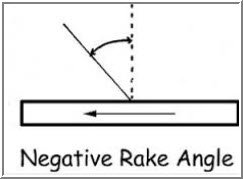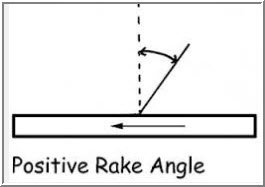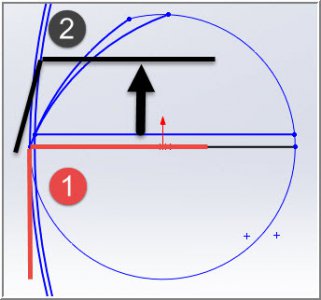- Joined
- Dec 20, 2012
- Messages
- 9,422
I decided to go to the source and emailed Borite, asking how their cobalt tools should be sharpened. Here is what they had to say:
$6.00 per tool? No, I don't think so.
It is suggested that you hone the top and the face.
Or...you can send the tool in to us and we will sharpen it for you for $6.00 per tool.
Or...you can send the tool in to us and we will sharpen it for you for $6.00 per tool.





